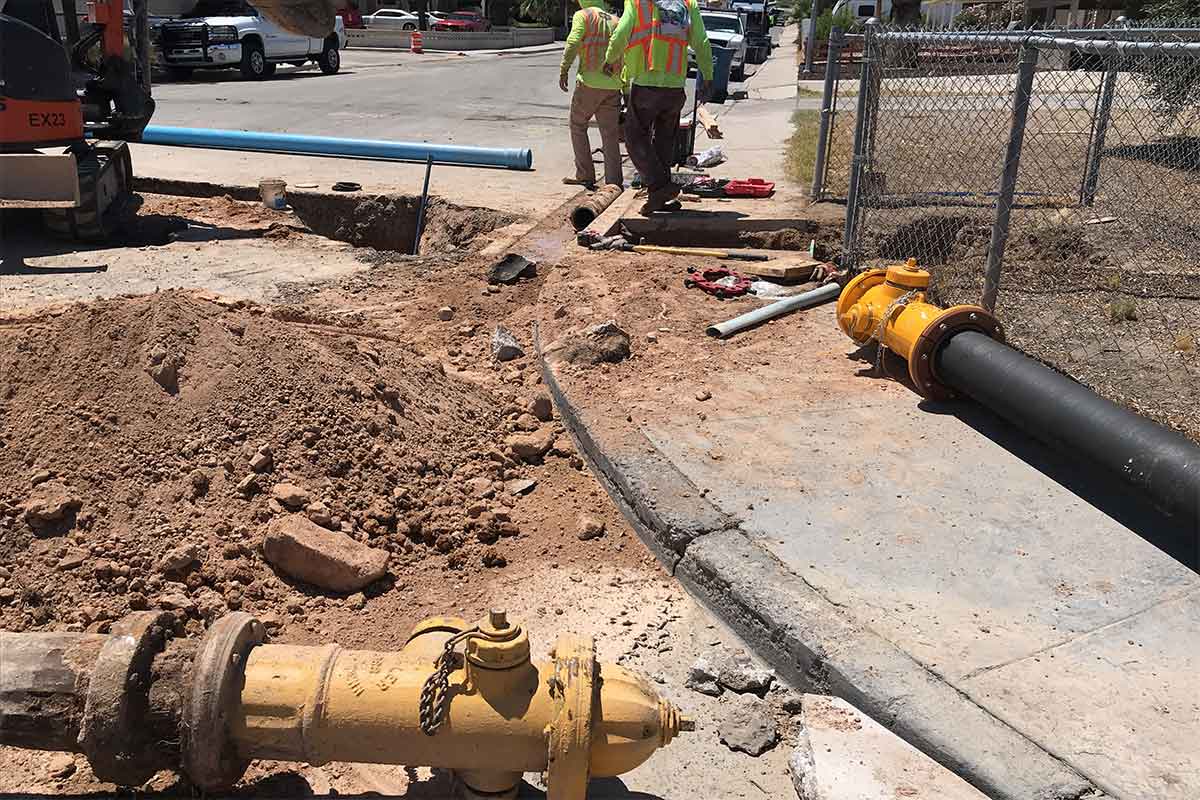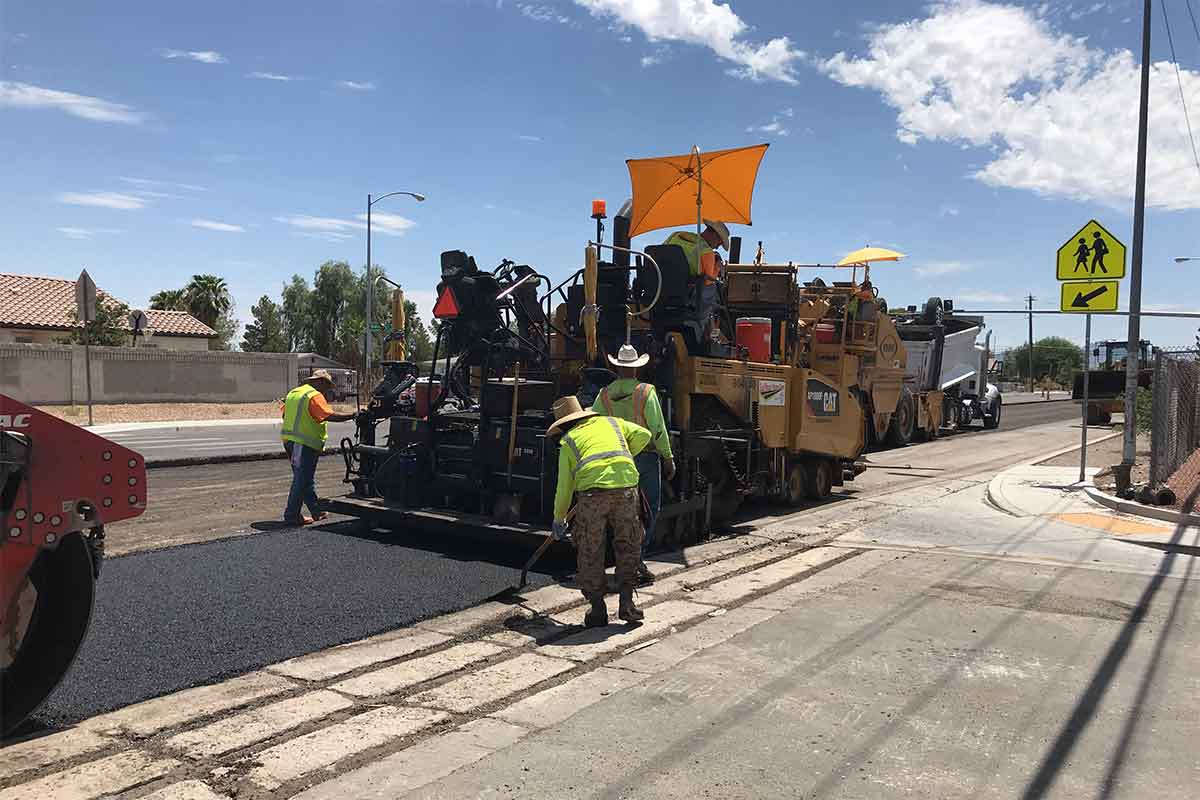

The faucet handle turns, water comes out – at first glance, it seems pretty simple. Reliable water service is something most people take for granted and, in Las Vegas, there’s a good reason. After all, the rate of main breaks in the not-for-profit Las Vegas Valley Water District’s (LVVWD) service area is eight times’ lower than the national average, and the LVVWD is an industry leader in terms of minimizing water losses from leaky infrastructure.
Many areas of the community, however, were built more than half a century ago, and pipelines—while very durable—don’t last forever. Actively preventing service outages and lost water requires continuous effort by the LVVWD’s Engineering and Infrastructure Management departments, which keep track of the millions of components that comprise the community’s water delivery system and systematically replace components before they fail and leave customers high and dry.
“Maintaining a system of this size and complexity is a balancing act,” explained Engineering Director Peter Jauch. “On the one hand, we don’t want to replace pipelines and other associated components too soon, because we have a responsibility to maximize the value of that investment. However, it is far more difficult, disruptive and expensive to replace sections of the water system during an emergency. So we use a combination of sophisticated analytics and decades of experience to determine what needs to be replaced when, then prioritize the work accordingly.”
Just off U.S. Highway 95 on the valley’s east side is a neighborhood built in the 1960s; in addition to hundreds of homes, the quiet enclave includes a park, senior center and school. For decades, people there haven’t given much thought to how water gets there. Now the elaborate network of water mains, service lines, valves, back-flow prevention devices and meters under their feet is being replaced so they can continue not to think about it for another generation.
The project, which began earlier this year and is scheduled for completion in February 2020, includes the replacement of approximately 33,500 linear feet of pipeline and hundreds of meters, valves and other system components. Fire protection will also be enhanced, with 30 existing hydrants being retired and replaced with 70 new fire hydrants. Construction crews schedule their work to minimize noise and traffic disruptions while keeping the project, which also requires the replacement of more than 700,000 square feet of asphalt pavement, on time and on budget.
Keeping projects on track is especially important considering that, during the next decade, the LVVWD will be conducting similar renewal projects all over its 300-square-mile service area to protect the community’s $1.7 billion water system. Construction-related outlays represent the lion’s share of the LVVWD’s budget, accounting for more than double the expenditures associated with staffing.
To learn more about Las Vegas’ water system, visit lvvwd.com.
Members of the editorial and news staff of the Las Vegas Review-Journal were not involved in the creation of this content.


